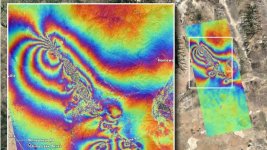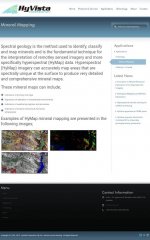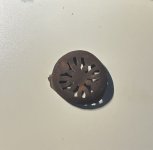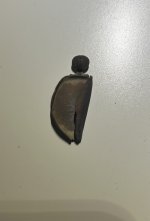BoydBros
Jr. Member
- Jul 28, 2019
- 47
- 39
- Detector(s) used
-
MineLab GoldMonster 1000
Garrett ATX
- Primary Interest:
- Prospecting
Are there any satellite tech/software being used to identify formations/faults etc?
Other than google earth. I've seen some pretty cool stuff on the TV from scientist studying IR imaging of foliage, crops and ground cover, even the oil/fossil fuel industry using sat imagery, is something similar being used for identifying geological formations?
Other than google earth. I've seen some pretty cool stuff on the TV from scientist studying IR imaging of foliage, crops and ground cover, even the oil/fossil fuel industry using sat imagery, is something similar being used for identifying geological formations?
Amazon Forum Fav 👍
Upvote
0




 I'm sure they'll take my 20% off coupon those things can't be cheap.
I'm sure they'll take my 20% off coupon those things can't be cheap.

 ) their data . The article said they were currently scanning the United States for gas, oil ,and Water........ Do a goggle search on Air Born Imaging System and see what you come up with. I would imagine that big mineral / gold company's would still use this TechKnowledgy .
) their data . The article said they were currently scanning the United States for gas, oil ,and Water........ Do a goggle search on Air Born Imaging System and see what you come up with. I would imagine that big mineral / gold company's would still use this TechKnowledgy .


